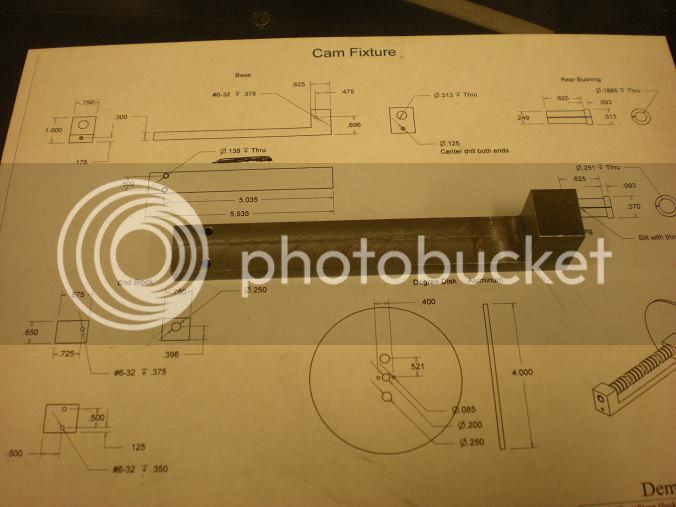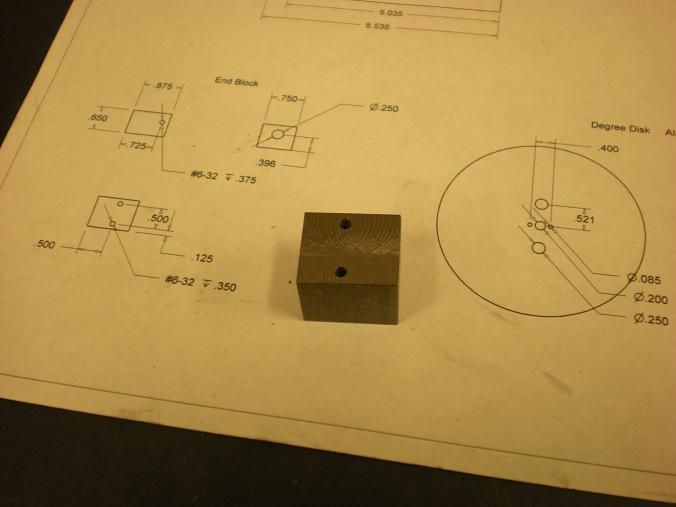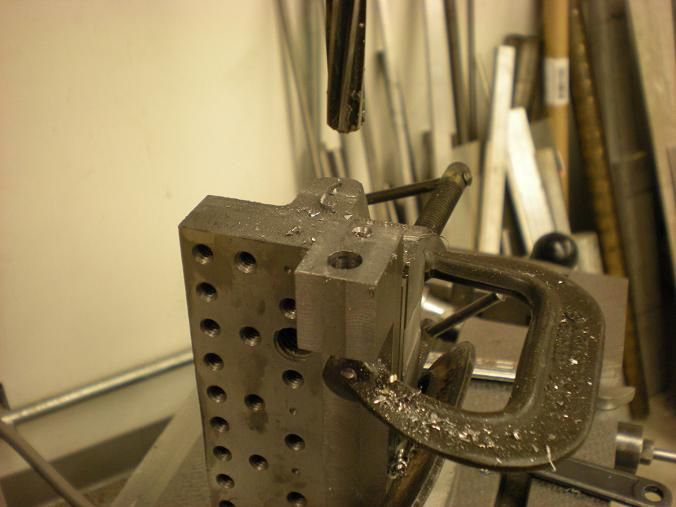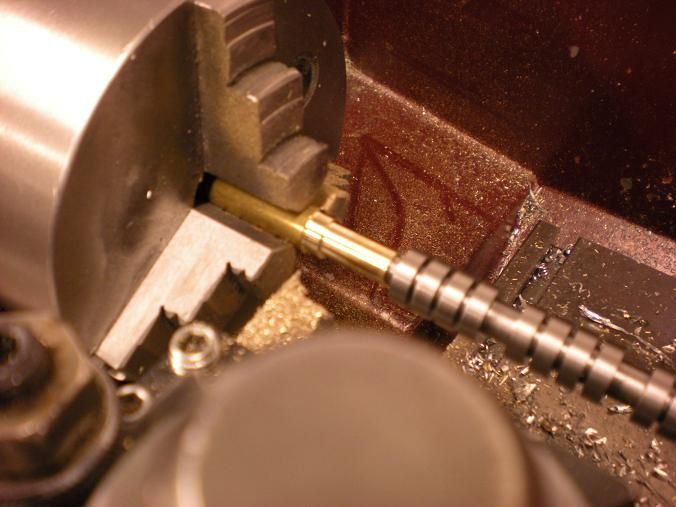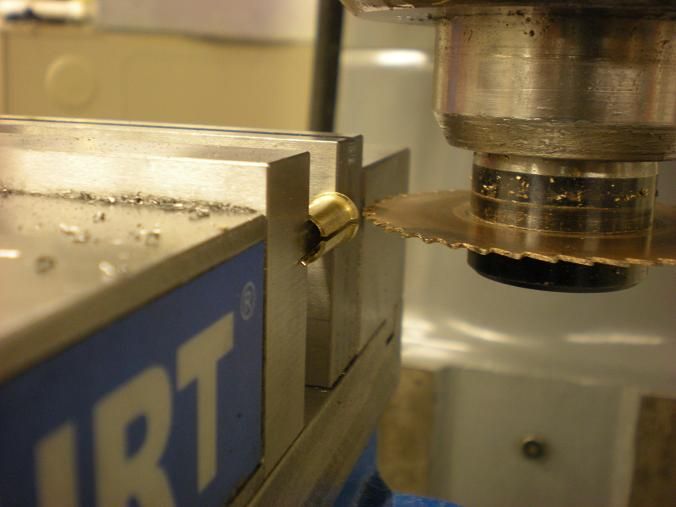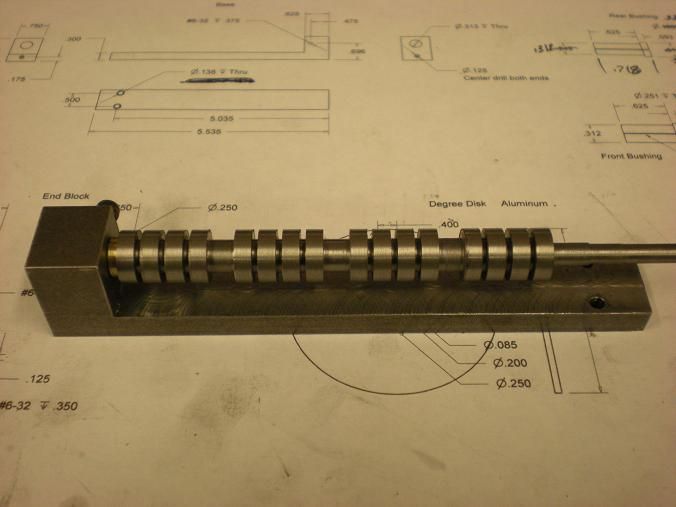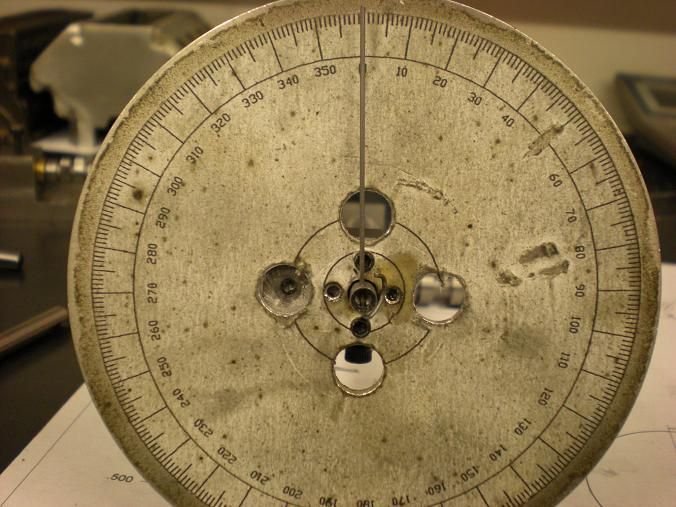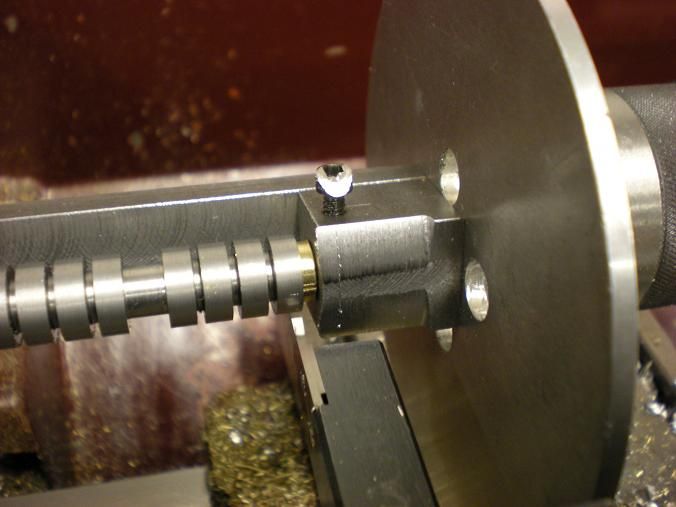stevehuckss396 said:
I don't mind at all. Looks good. Hard to get a feel for how big it is.
Cooling in an RC car would be a problem. If I redesigned the cooling system just a little, I think mine would work well in a boat. The constant supply of cool water in the boat would be the only way.
GDay All,
stevehuckss396, You're right, I should have included a scale of some sort, would've been easy enough to do. Anyhow, here are the specs for this engine.
Bore & Stroke = 17.5mm (0.688 in) x 15mm (0.590 in)
Overall Length = 202mm (7.952 in) From front crank pulley to end of drive shaft
Overall Height = 139.812 mm (5.505 in) From sump plug to top of air cleaner
Block Length = 104mm (4.094 in) From gear case to rear of block
Cylinder Head = 99mm (3.898 in) x 30mm (1.181 in)
Ignition = Points + Transistor + Coil + Rimfire Micro Viper Z3 spark plugs.
Distributor = Dia. 25mm
Fuel = Methanol, 5% Nitro.
Throttle Bore = 5mm
Starter Motor = 12v - Dia. 35mm x Length 62mm.
Bell Housing = Dia. 65mm (2.559 in) x Length 48mm (1.889 in)
Clutch = Single plate.
Water Pump = Impeller, block and cylinder heads are water cooled.
Lubrication = Wet Sump, Splash feed, although I am still working on a dry sump system with external oil pumps. All oil galleries are present, including the crankshaft, but getting the oil in has proven more difficult than I first thought. There's not much space left in the block for much of anything ... lol.
I'll crack it though .... lol
I hope to start building at the end of this year, but first I need to complete my Triumph 650 Bobber.
As for your engine in an RC car, one way would be to include two or more radiators and computer type fans. It shouldn't be too much of a problem, after all the Connelly V8 doesn't have water cooled heads and it seems to do OK in RC cars.
Your engine in a car would look super cool!!, or on a scale engine stand or a mockup dyno test rig. Of course that means more work, but then, this is a hobby hey ... lol
I'm looking forward to video of the engine running, but I know you have more pressing matters to attend to first. No hurry.
And thank you for inspiring me to continue with my life long dream of building a model V8 engine.









